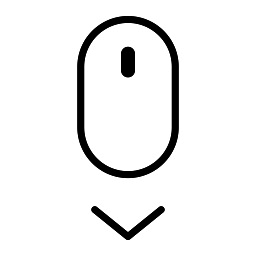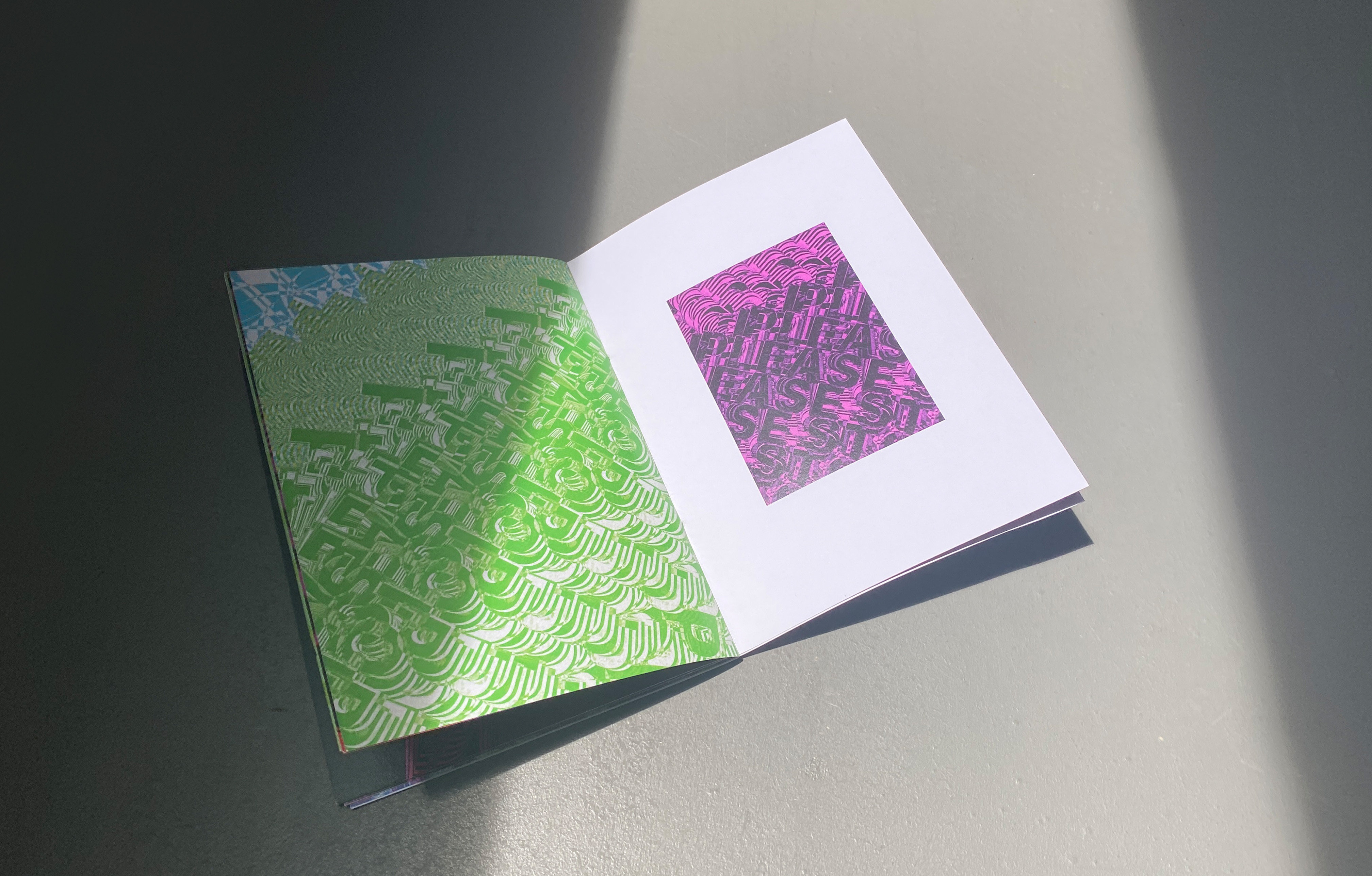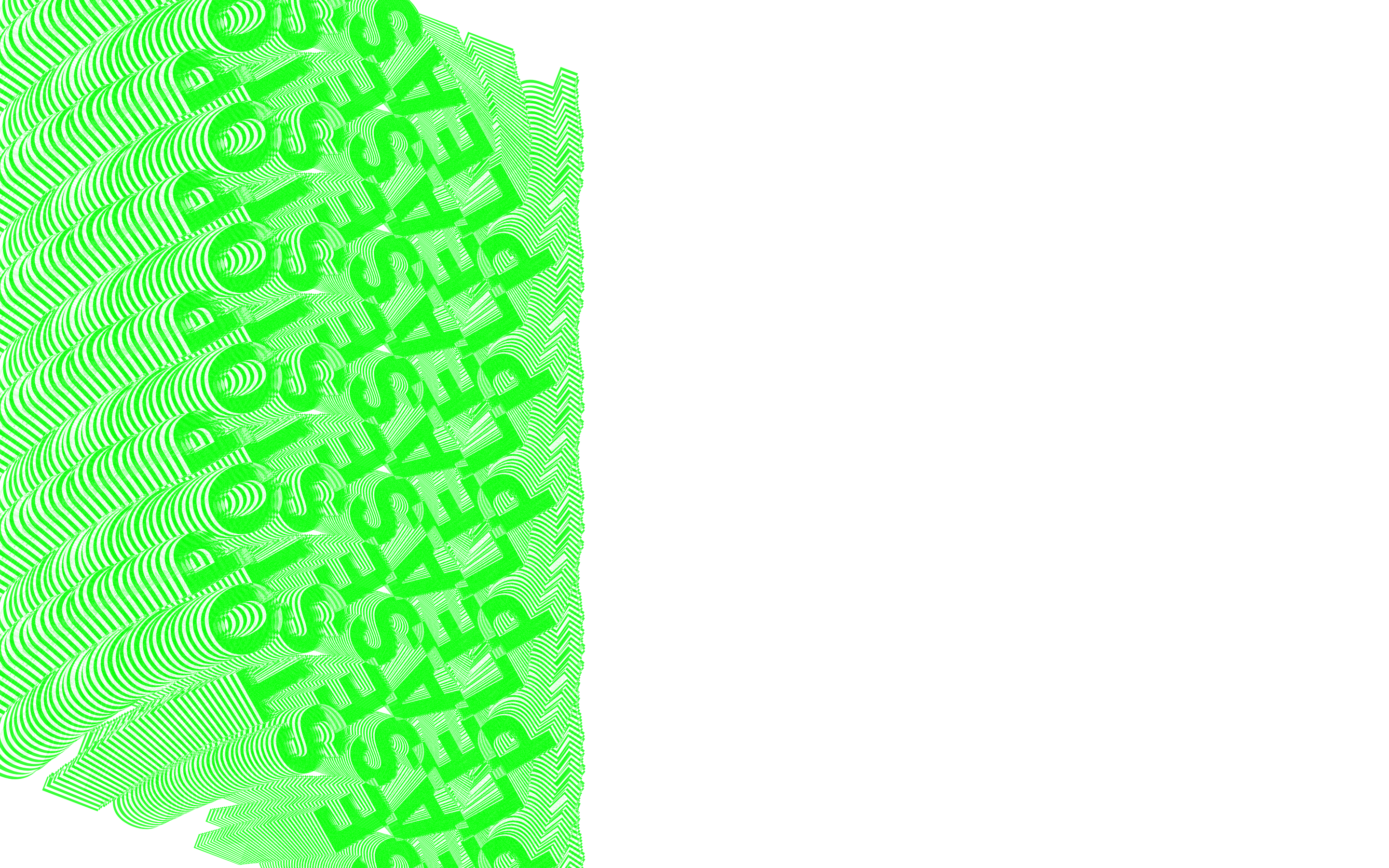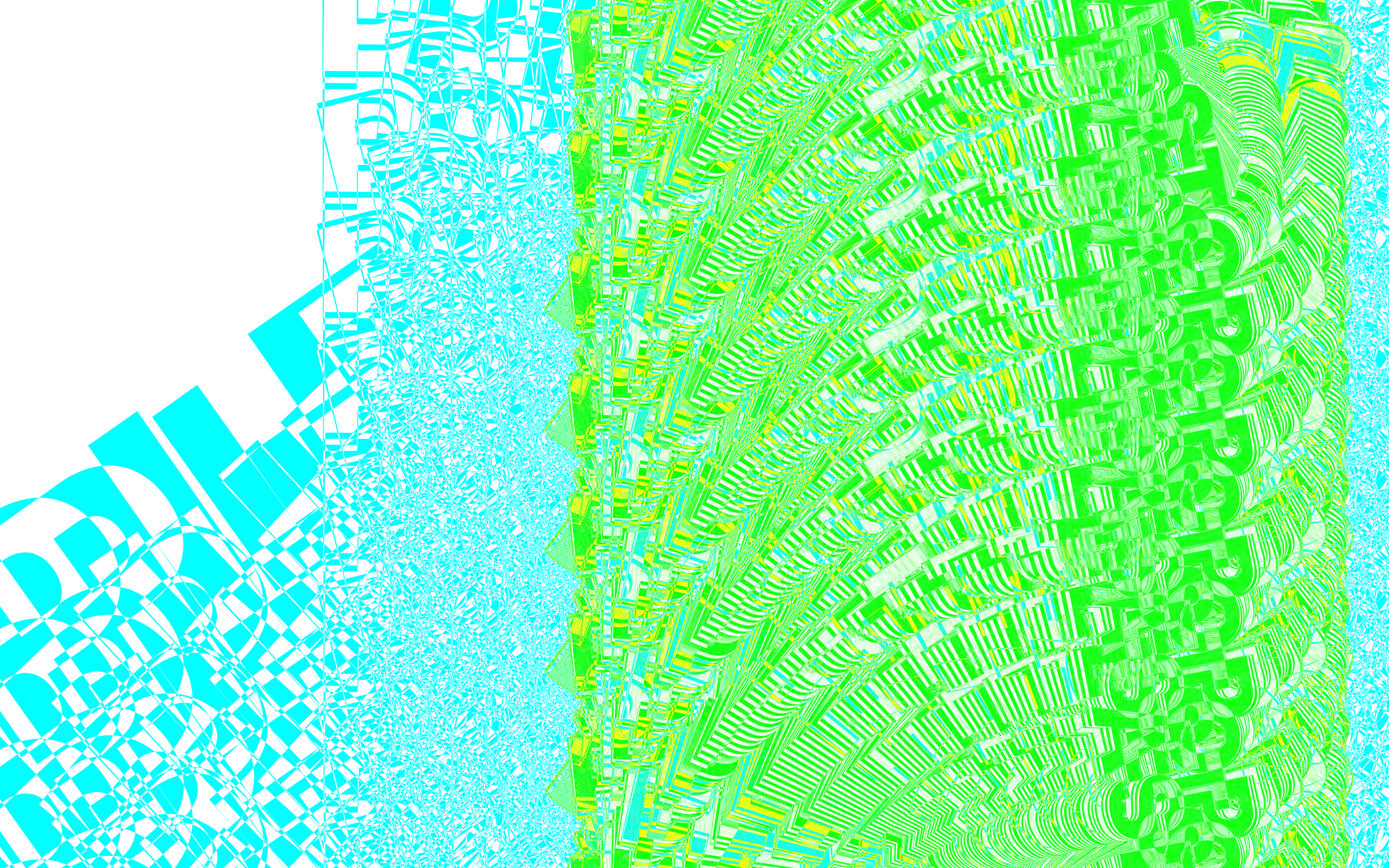The term generative can refer to a process that is executed computationally. Based on a set of rules and parametric changes, outputs are generated iteratively. Outputs here can be of many types and origins.
In this workshop we have focus on typography as an output informed and transformed by code and change over time.
How can we build systems in code to create generative type? Through a series of exercises exploring the generative, dynamic and playful potential of type, we have created a series of digital outputs presented in this online showcase.




.png)
.png)
.png)
 (1).png)
 (1).png)
 (1).png)
 (1).png)
 (1).png)
 (1).png)



Please Stop
Please Stop project explores my pet peeve with shoe dragging noise into a visual experience. By recording the sounds of shoe dragging, it captures the patterns and rhythms through how far and near I place the recordings to the speaker. From this visual, it highlights how having pet peeves is part of human nature, it’s like an algorithm — how pet peeves can be rules that shape our reactions.


Sketches
Starting this coding module was hard for me. I felt lost most of the time and struggled to find solutions online. I was unable to obtain the desired results, which was frustrating. After a while, things started to make sense, discovered a comfort zone within the code. Even though five weeks have passed, I know there's still a lot to learn. But I'm happy with where I am now. I'm excited about creating cool visuals and having tangible outcomes from it.
Session 1
- The Letter O Sketch that shows static shapes that forms the letter O.
- The Letter J Sketch that demonstrates how to make type move.
- Letter O Poster Incorpating the letter O into a static poster.
- Letter J Poster Incorpating the letter J into a moving poster.
Session 3
- Shake Sketch that shows how to use sound reactive and blendMode.
- Move Version 1 Sketch demostrates tiles, sound reative and blendMode.
- Move Version 2 Sketch that highlights the use of blendMode.
Session 4
- Please Stop Sketch that highlights the use of blendMode.
- Experiment 1 Sketch that is part of the final outcome.
- Experiment 2 Sketch that is part of the final outcome.








